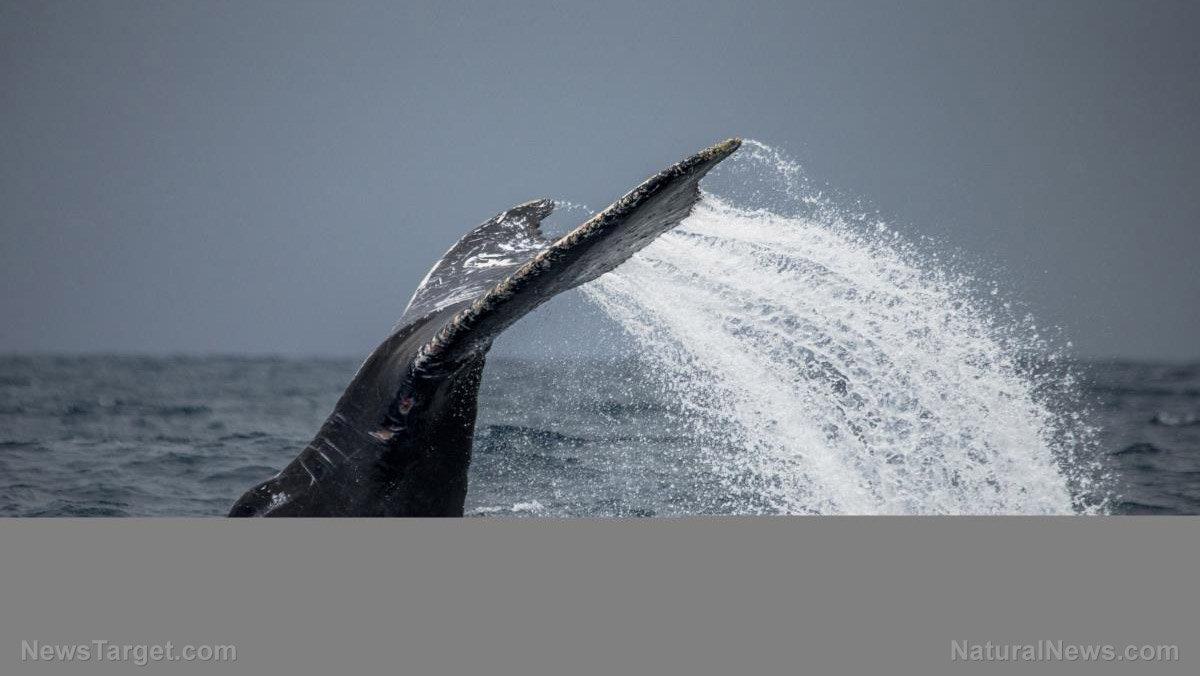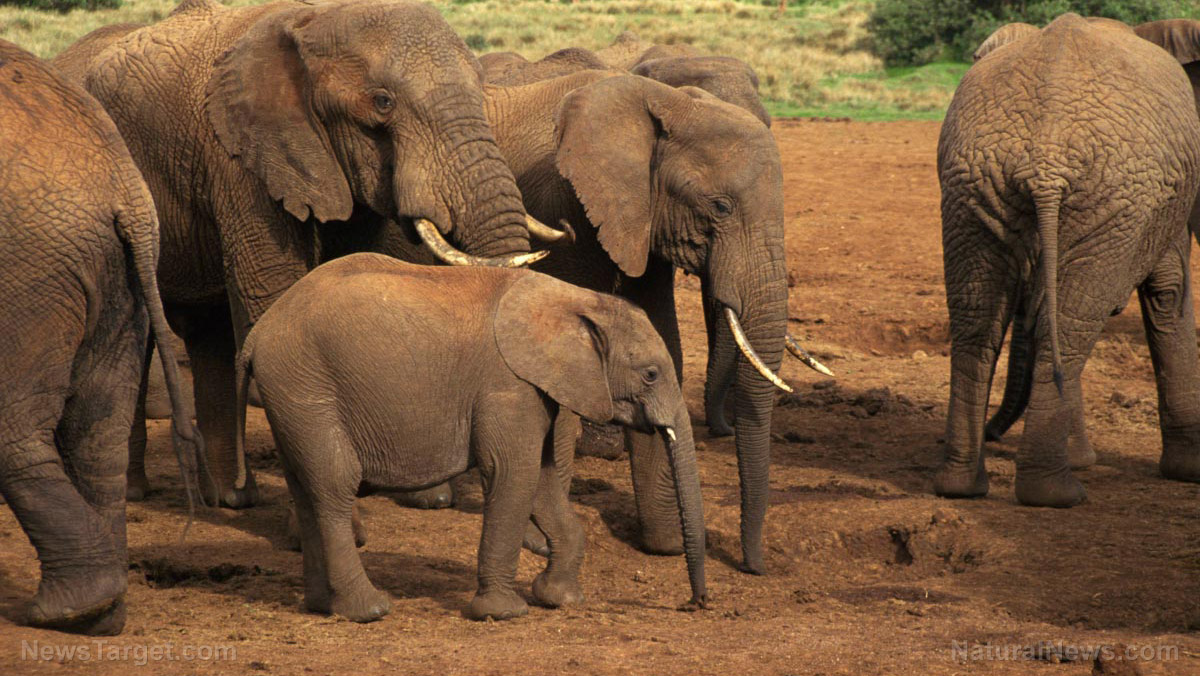
Now, sharks are behaving strangely and plastic pollution in the ocean may be to blame.
There's so much plastic in the ocean and sharks may be ingesting microplastics that get into their systems and may alter their brain function.
This year’s Sharkfest series began on July 2, and the shows cover four weeks on different streaming services such as National Geographic, Nat Geo WILD, Nat Geo Mundo, Disney+, Hulu and ESPN2.
Sharkfest highlights include:
- Bull Shark Bandits, which features bull sharks in Weipa, Australia, that are exhibiting a "methodical and radical shift in behavior."
- Bull Shark vs. Hammerhead, which features rare footage of sharks from different species attacking each other.
- Sharks vs. Dolphins: Bahamas Battleground, which tries to identify the culprits that are biting dolphins for no apparent reason.
- The six-part series When Sharks Attack 360, which features some "surprising threads" that connect shark bites.
- The eight-part series When Sharks Attack…and Why, which looks at recent rashes of unpredictable, unexpected attacks.
How microplastics harm sharks
Eight million tons of plastic are washed into the oceans every year.
Ocean plastic includes trash in various sizes, from large plastic sheets to microplastics smaller than five mm, along with nanoplastics in the range of less than one micron. For comparison, a strand of human hair is, on average, about 100 microns thick.
Sharks and other sea creatures get entangled in plastic waste. Some animals eat plastic and nanoplastics penetrate their organs and cells.
Plastic is durable and certain materials like nylon can remain intact for centuries in the sea. Waves and currents make plastic break down into smaller pieces, eventually creating micro- and nanoplastics.
In Java, Indonesia, whale sharks ingest at least 137 pieces of plastic after one hour of feeding.
If whale sharks consume plastic or microplastics along with their prey, the plastic remains undigested in their stomach for a long time. The plastic can injure their stomach and intestinal mucosa by chafing.
Plastic can clog up the digestive system of animals and can also make them starve to death.
The most dangerous are nanoplastics because experts still don't know everything about their long-term effects. Nanoplastics are minuscule and can pass from the stomach and intestines into the bloodstream, accumulating in animal organs or cells.
Many studies are trying to find out how dangerous they are and which toxic chemicals get into organs and cells through nanoplastics.
Because many sharks are skilled hunters, they often accumulate a great deal of plastic and toxins that can harm them.
Recycling is not enough to solve ocean plastic pollution
Over the years, experts have suggested different solutions to the ocean plastic problem. However, the overall approach is fragmentary and lacks comprehensive data to gauge effectiveness.
But one thing seems to be clear: Plastic recycling as it is won't be enough.
Early in March, a U.S.-based research team estimated that ocean plastic pollution has increased significantly since 2005, despite all the attention focused on recycling.
There are other factors besides the failure of post-consumer recycling. According to data, lost or discarded commercial fishing gear is also to blame. (Related: Pandemic of plastic waste: Animals found entangled, dead in direct contact with single-use PPE.)
A report from the United Nations Environmental Programme (UNEP), titled "Turning off the Tap: How the world can end plastic pollution and create a circular economy" sketches out a detailed roadmap that aims to reduce ocean plastic by 80 percent by 2040, but the goal will require a lot of hard work.
The UNEP report explained that aside from cutting off the flow of new plastic waste, something must first be done about the waste that's already in circulation.
UNEP suggests that making some changes would also offer benefits for the global economy and that the shift to a circular economy would "result in $1.27 trillion in savings, considering costs and recycling revenues."
Additionally, a further $3.25 trillion would be saved from "avoided externalities such as health, climate, air pollution, marine ecosystem degradation and litigation-related costs."
Shifting gears could also result in a net increase of 700,000 jobs by 2040, mostly in low-income countries. The jobs can help improve the livelihoods of millions of workers in informal settings.
Funding needed to launch a new circular economy
A significant shift to a circular economy requires a sizable investment.
According to UNEP, a global investment of $65 billion per year would be required to launch the new circular economy. That amount could be considered a bargain compared to the cost of the usual process, which UNEP estimates at $113 billion per year.
UNEP added that the missing link is a system of regulation that applies the producer’s responsibility to a circular model, in turn requiring them to shoulder the cost of collection, recycling and end-of-life disposal.
While the plan seems simple on paper, some details require further fine-tuning.
A new circular system must first overcome any objections from plastic industry stakeholders. It must also obtain a sign-off from almost all members of the United Nations.
For the measure to work, new stakeholders could help tip the balance. Plastic recyclers, companies that make compostable or biodegradable plastic alternatives and companies involved in the low- or no-waste packaging industry with a focus on refillable bottles, bulk dispensers, deposit return platforms and take-back programs can also help.
According to UNEP, while reusable packaging would have the greatest impact, recycling will still have an important role. Reducing plastic pollution by an additional 20 percent is achievable, but only if recycling becomes a more stable and profitable venture, explained UNEP.
UNEP advised that takeout foods and wrapped foods are another area of focus.
The organization estimates that a 17 percent decrease in plastic pollution would be possible if plastic containers and wrappings are replaced with paper and other compostable materials.
The future of sustainable plastics
UNEP advised that throwaway culture won't be solved in an instant. But the next best thing is to stop producing throwaway packaging from petrochemicals.
Aside from using conventional wood and plant-based disposables, there are new plastic alternatives that can be used to make sustainable plastics.
In 2020, a research team managed to get microalgae to produce iD-lactate, which is a building block for bioplastics.
Earlier in 2023, TripleW (formerly 3PLW), an Israeli startup, raised $16.5 million for its demonstration facility in Belgium with Group Op De Beeck, a Belgian firm.
TripleW makes lactic acid and PLA bioplastic from fermented food waste. The startup said that PLA is used in food and other things like beverage packaging, car parts and textiles.
However, scientists have reported that PLA doesn’t biodegrade or compost under conditions normally found in nature. While PLA can help slow down the petrochemical industry, it’s not the most effective solution to the ocean plastic problem.
Experts are hopeful about another emerging pathway on the road to alternative plastics, one that involves marine algae and seaweed.
Scientists at Flinders University in Australia are collaborating with one • f?ve, a German biomaterials firm, to develop a seaweed-based extract that can be used as a grease-resistant coating for takeout food.
Read more articles about the dangers of plastic pollution at Environ.news.
Watch the video below to find out how plastic can be turned into fuel.
This video is from the PatchSDA channel on Brighteon.com.
More related stories:
Veterinarians: Dogs are getting sick from discarded weed.
Sources include:
Please contact us for more information.






















